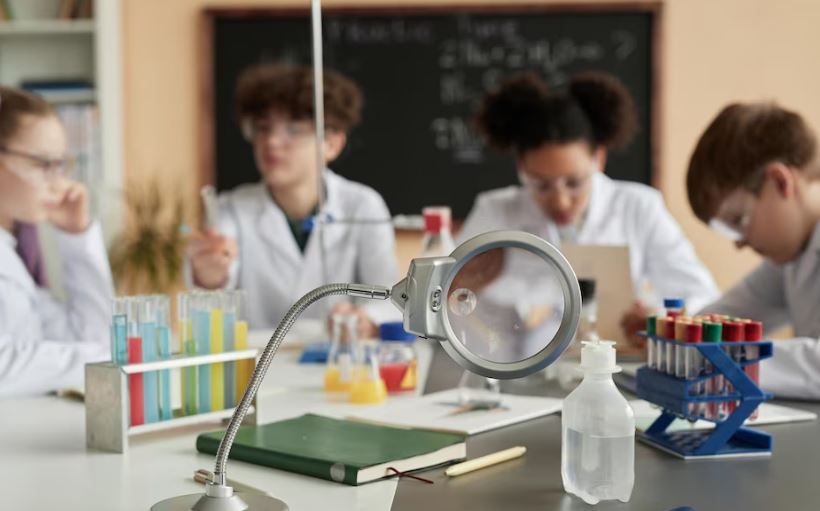The educational system has changed significantly in recent years, especially in fields like technology and the natural sciences. Students’ engagement with the material and evaluation of their learning are greatly influenced by formal assessments. These tests aim to improve critical thinking, problem-solving, and practical skills in addition to measuring knowledge. There is no one-size-fits-all approach to how many formal assessments students in the natural sciences and technology are required to take each term.
In these subjects, students usually have to finish two formal assessments every term. A thorough assessment of both academic knowledge and practical skills is ensured by this arrangement, which typically consists of one theoretical test and one practical task. Combining the two forms of evaluations guarantees that students are ready to apply ideas in practical settings in addition to understanding them.
Formal Assessments for Natural Sciences and Technology
| Grade Level | Assessment Type | Term 1 Assessment | Term 2 Assessment | Term 3 Assessment | Term 4 Assessment |
|---|---|---|---|---|---|
| Grade 4 | Written Test, Practical Task | 1 Written Test, 1 Practical Task | 1 Written Test, 1 Practical Task | 1 Written Test, 1 Practical Task | 1 Written Test, 1 Practical Task |
| Grade 5 | Written Test, Practical Task | 1 Written Test, 1 Practical Task | 1 Written Test, 1 Practical Task | 1 Written Test, 1 Practical Task | 1 Written Test, 1 Practical Task |
| Grade 6 | Written Test, Practical Task | 1 Written Test, 1 Practical Task | 1 Written Test, 1 Practical Task | 1 Written Test, 1 Practical Task | 1 Written Test, 1 Practical Task |
Because it gives teachers a comprehensive picture of a student’s abilities, the practice of integrating theory and practical assessments is incredibly effective. While practical assignments test students’ ability to use scientific instruments, carry out experiments, and evaluate findings, theoretical assessments evaluate students’ comprehension of ideas like ecosystems, energy transformations, or material properties. This two-pronged approach reflects the practical requirements of careers in science and technology, where application and knowledge must coexist.
The curriculum’s goal of integrating theoretical and practical learning is in line with the number of assessments that are required. Students have the chance to acquire useful skills through this model, preparing them for future academic or professional pursuits. Although many educational systems now require two formal assessments per term, there is still disagreement over whether this is enough to accurately gauge students’ proficiency.

To better monitor students’ progress, some educators and stakeholders contend that assessments should be more varied or conducted more frequently. For example, more project-based evaluations, peer reviews, and self-assessments could offer deeper insights into a student’s learning journey, even though tests and practical assignments are helpful. In disciplines like the natural sciences and technology, where lifelong learning and adaptability to new knowledge are critical, this is particularly crucial.
The way technology is developing and becoming more and more integrated into the classroom is another factor to take into account. Students can now interact more dynamically with science and technology thanks to new assessment opportunities made possible by virtual simulations, digital labs, and interactive platforms. With these resources, students can use their computers or mobile devices to test theories, build digital prototypes, and replicate real-world situations.
The traditional structure of formal assessments may change to include more interactive and customized components as a result of these developments, which is an exciting prospect. Assessments may develop into immersive experiences that adjust to each student’s unique progress with AI-driven platforms, offering real-time feedback and recommending resources that are specifically suited to them. The possibility of more individualized learning experiences is a motivating factor for educational innovation, even though this future is still hypothetical.
However, formal assessments are still usually based on the two-term framework for students in the current generation. A formal written test that tests students’ memory and application of knowledge and a practical task that evaluates their ability to apply the concepts they have learned are typically included in the assessments.
In actuality, these official tests are crucial for figuring out how well pupils are understanding important technological and scientific ideas. In a typical practical assignment, students might be asked to construct a model, carry out an experiment, or solve a problem using scientific tools. Despite its apparent simplicity, this task fosters creativity and critical thinking, two abilities that are essential for upcoming scientific projects.
However, the grade level and the particular requirements of the curriculum can have an impact on how these formal assessments are designed and administered. Assessments in the lower grades might be more centered on fundamental knowledge and abilities. Assessments typically get more complex as students advance in their education, placing more of an emphasis on data analysis, problem-solving, and integrating knowledge from different fields.
The curriculum is constantly changing to best meet educational objectives because of how crucial these assessments are in forming a student’s understanding. In order to promote deeper engagement in the future, it may be essential to incorporate more digital tools and project-based assessments. Students’ assessments may change to include both traditional testing and digital, project-based evaluations that reflect the state-of-the-art methods in the natural sciences and technology as technology becomes more and more ingrained in daily education.
Furthermore, the dual emphasis on theoretical and practical tasks provides an inclusive learning environment that acknowledges the significance of both cognitive and practical abilities in the mastery of technology and the natural sciences. In addition to learning how to retain knowledge, students are also taught to critically consider how they might use it in practical situations. This is essential in disciplines that place a high value on creativity and problem-solving skills, such as engineering, environmental science, and medicine.
There is still opportunity for more creativity even with the two formal assessments per term that are required. Diversifying assessment methods is becoming more popular as educational trends shift toward personalized learning. The methods for evaluating students will change along with the learning resources. Assessments will probably become more dynamic, interesting, and student-centered as a result, enabling a more thorough and sophisticated comprehension of each learner’s abilities.
